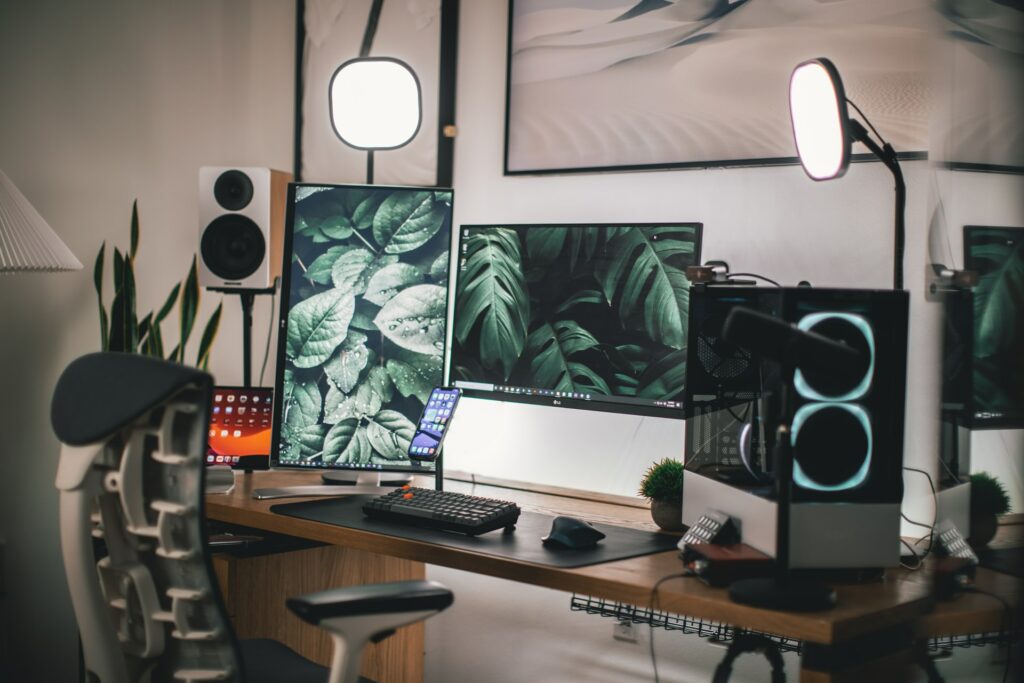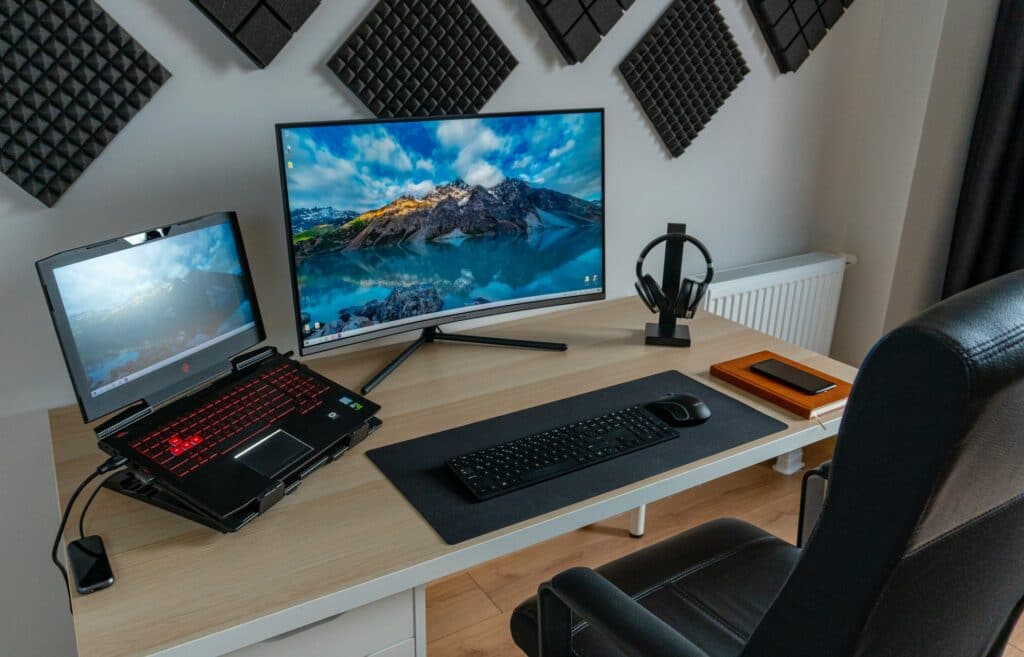The Best Features of YouTube Live Streaming: Should You Stream There?
As live streaming has gotten more sophisticated, from sub alerts to IRL backpacks to surreal visual experiences, so have the platforms that host the content. YouTube, despite being the biggest video platform in the world, has still been playing catchup with its live streaming features. It does however still offer some key advantages and features over its rivals. So we’re going to talk about the important features YouTube Live Streaming has, and how and when you should use them.
Monetization features on YouTube Live
First things first let’s get to the part everyone cares about, making money! In order to monetize your content on YouTube, you need to be a part of the YouTube partner program. You can find out what is required to join the YouTube partner program right here, but basically, you’ll need at least 1,000 subscribers and 4,000 watch hours in the last 12 months. Once you’ve gotten your partnership, then you have access to all sorts of monetization tools for your stream.
First is the standard pre-roll and mid-roll ads, all you need to do to make use of these is enable monetization for your stream. Next is memberships which are similar to Twitch subscriptions where members unlock special badges and emotes. You can also add perks like member-only videos and live streams. Just make sure you don’t offer things like raffles or other services that would violate their policies or you will get your membership access removed.
Finally, there are super chats and super stickers. Super chats allow people to have their messages pinned to the top of the chat, the length they stay there will be determined by the amount they’ve contributed. Super stickers work in a similar fashion but are an animated image instead. Super chats, stickers, and memberships all work with web-based alert services like those built into Gamecaster so you can display customized alerts whenever your viewers activate these.
To summarize, make sure your viewers don’t have ad-block on and give incentives for them to join as members and send in super chats or stickers. Maybe make goals like X super chat amount will unlock a special cosplay or a big enough super sticker and you’ll do a backflip, whatever you think will entertain your audience! We don’t advise doing a backflip unless you’re a trained backflip pro – Ed

Customizing your Streaming Setup
One of the best aspects of YouTube is the amount of customization you can do with your streaming setup. You can set up a static stream key and just go live with whatever content you wish to. This is great if you’ll be streaming consistently on your channel. One recommendation is to add a thumbnail that stands out, so people will click on your live stream from the YouTube home page.
Now you can also schedule your live streams. This is handy if you’re an event organizer as people can see the scheduled stream on their YouYube feeds and enable reminders. You also can set your YouTube streams to private and give people access via email. They will, however, need to have YouTube accounts for the emails you send them to but these are pretty easy to set up. Next, let’s take a look at some of the features YouTube has for its live streams.
YouTube Live Streaming Tech Features
First is the stream latency setting. This will affect the latency from when you encode the stream to when the viewer sees it. It also affects some of the settings we’ll cover in a bit. For the highest video quality and stream stability, set it to normal, but if your stream requires more viewer interaction, set it to low or ultra-low.
Next is the auto start and stop feature. Now each YouTube live stream is its own distinct event or URL. Generally, when you start streaming with your live streaming software, you also have to start the stream on YouTube. Auto starts and stops mean this is done automatically, but you may not want to enable this because if you don’t end your YouTube live steam, you can still keep streaming to it! Yes, if for some reason your encoding has stopped, you can still stream to that same stream key, and as long as the event hasn’t ended, the stream will continue where it left off.
Next is DVR, and it’s pretty much in the name, you can scrub between the last four hours of a stream. You can’t enable DVR for ultra-low latency streaming. You can enable 360 videos, just make sure this is enabled for your source as well in XSplit Broadcaster. You can also add additional delay to your stream which can be useful if you’re taking part in a tournament.
You can also add captions to your stream, this can either be the embedded captions in your stream, or you can send them to a specific URL. Some YouTube accounts will have access to automatic captions as well, but this will require normal latency streaming. Finally, ultra-low latency does not allow for streams above 1080p.

XSplit Broadcaster & YouTube
After you’ve configured your live stream, broadcasting is easy with XSplit Broadcaster. You could simply copy the stream key and RTMP URL to a custom RTMP output, however, XSplit has a more streamlined integration. Add a YouTube live output and then log in to your YouTube account, make sure to select the right channel if you have access to multiple YouTube pages.
Broadcaster will automatically configure your streaming settings depending on your resolution and frame rate. Once you go live a window will pop up, here you have the choice to go live to a new event or select the event you have already set up. Then just hit start! XSplit Broadcaster also has sources for alerts built-in for new members, super chats, subscribers, and a live chat display so it’s all there in one package!
Moderation features of YouTube Live
One thing that is important to know is the moderation tools you have available to you on YouTube Live. First, in the live control room, click edit and go to the customization tab. Here you can enable/disable chat and if you want the chat replay to appear on the archive. This basically means that you can decide if you want people to see a replay, as if it were live, of the chat window when people watch you VOD or not.
You can also limit messages to channel subscribers, you can enable a slow mode and set the interval in which people can send messages. Much like other streaming sites, you can add moderators for your chat, hide/ban users, blacklist words, and block links from appearing.
Streaming to YouTube can be a bit more involved than something like Twitch, but the algorithm is more advanced which means getting people to see your content can be easier, even if the monetization options don’t have something as enticing as free subscriptions with Twitch Prime. It could more valuable for your brand to centralize your VOD and live streaming audiences into one channel, just as long as you don’t forget to spread your content to other social media platforms.
YouTube’s event-focused tools for scheduling and private access make it a very useful platform for event broadcasters for things like corporate events, webinars, product launches, and sporting events. This means that you could hold your all-hands meeting and host a private link, that is scheduled, that only people within your company can see!
Have you tried streaming on YouTube? What do you think of the experience? Let me know in the comments and let me know if this guide is helpful and you’d like similar guides for other platforms, the comment section below is the best place to do that!
